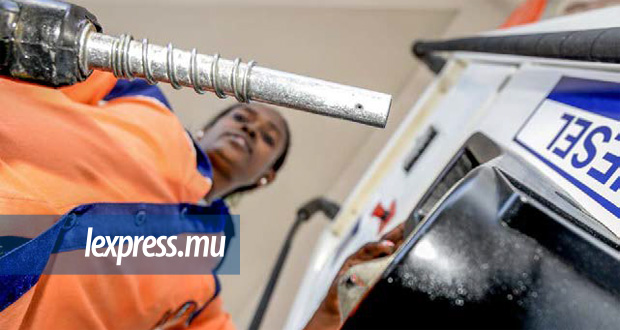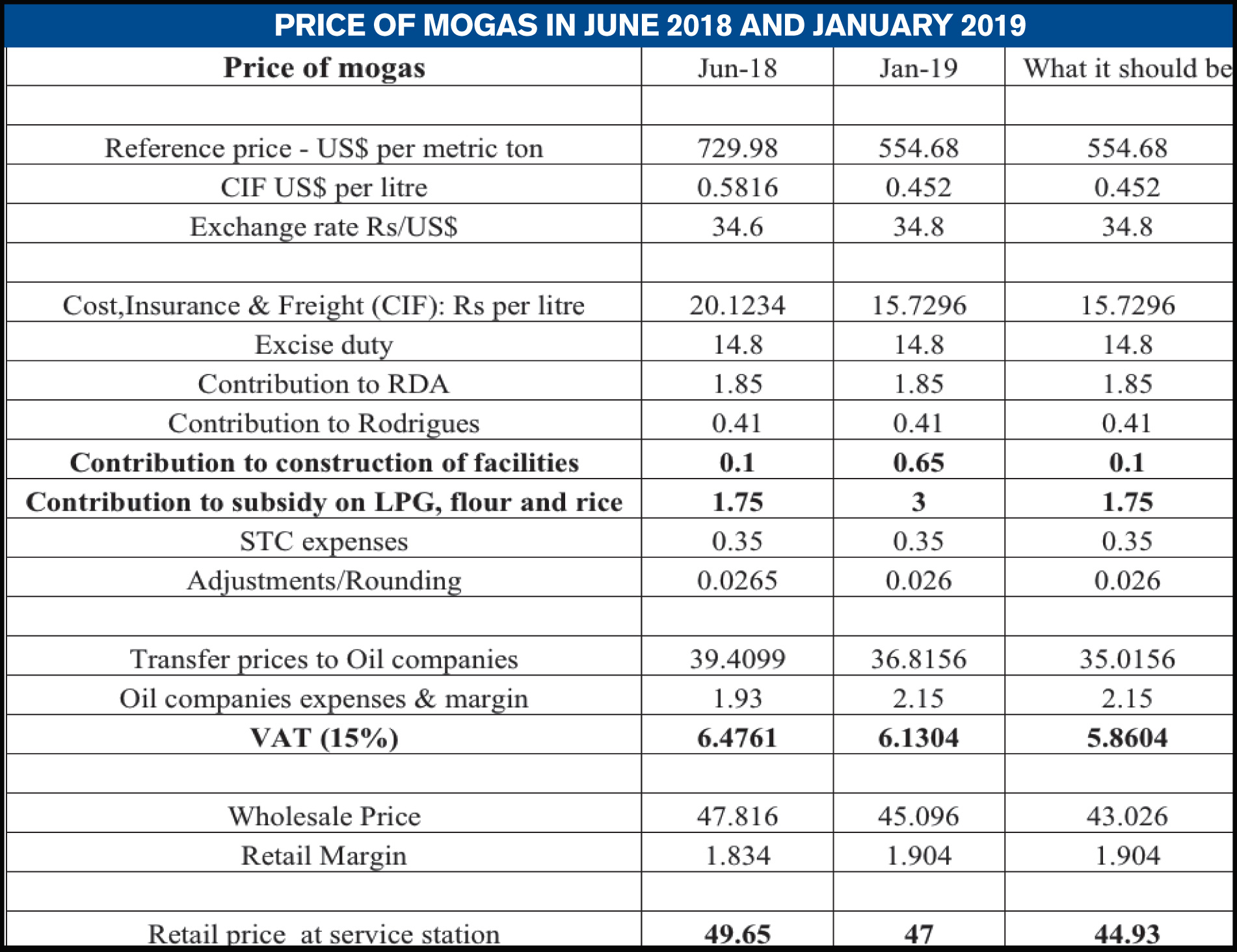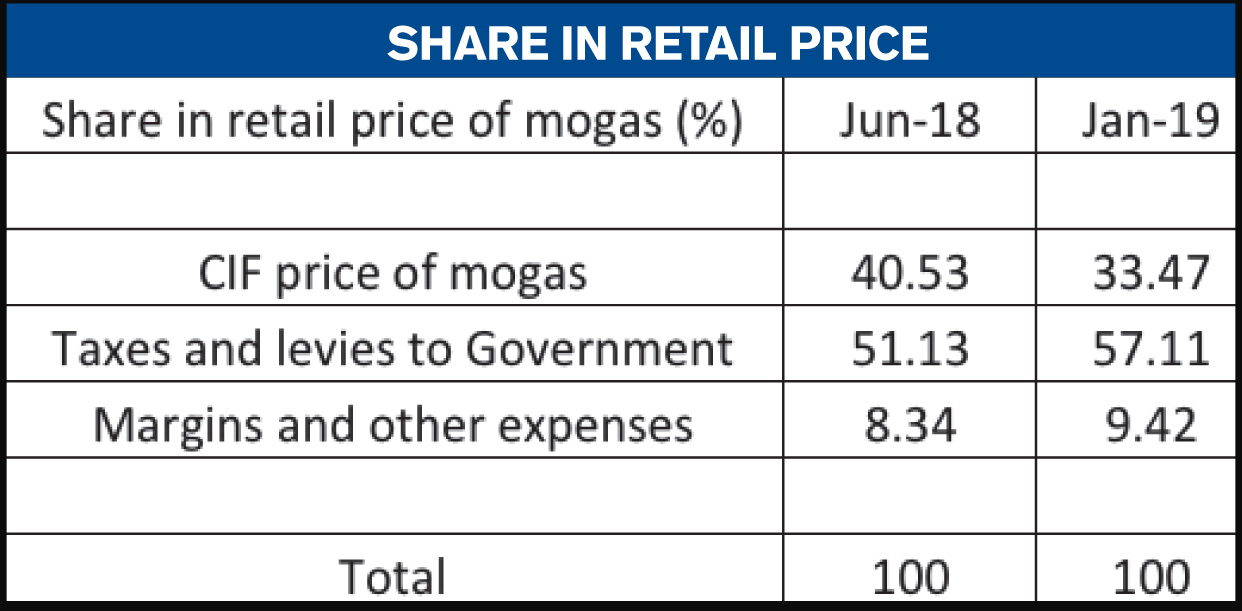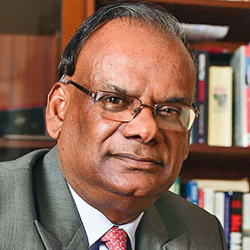Publicité
Analysis: Swift and surreptitious payback for free tertiary education, more taxes on petroleum products
Par
Partager cet article
Analysis: Swift and surreptitious payback for free tertiary education, more taxes on petroleum products

Although the prices of mogas and diesel were lowered, the amount of two contributions actually rose. This would raise around Rs 600 m per annum, equivalent to the cost of Rs 600 million to implement tuition-free tertiary education.
1. An immediate rise in taxes on petroleum products to finance free tertiary education
What is the relationship between the announcement of free tertiary education and the new prices of petroleum products? An additional tax of around Rs 2 per litre of mogas and of Rs 0.50 per litre of gas oil (diesel) would raise around Rs 600 m per annum, equivalent to the cost of Rs 600 million to implement fee-free tertiary education. Based on current consumption of mogas and diesel, the additional tax would generate annually around Rs 440 m from mogas and Rs 160 m from diesel.
The payback is swift and cynical with the timing well choreographed. First the Prime Minister (PM) announced free tertiary education in his New Year message without giving an indication of costs. Then on Friday the Minister of Education stated that it would cost Rs 600 m per annum. Finally, the incremental tax on petroleum products is introduced with the new prices of mogas and diesel.
There is no such thing as free tertiary education. There are opportunity costs for every spending. Someone somewhere at some point in time must always pay. Any economist knows that there are only four ways of funding such large expenditure. First, to save costs on other public expenditures which is quite difficult for a government bent on spending largesse. Second to let the budget deficit and public debt surge which is tricky with public sector debt already very high, especially if off budget liabilities hidden in special purpose vehicles and other debts subject to colourable devices are included. Third to rely on the dividends of high growth which is more of a mirage with new normal economic expansion at much lower than 4 %. Fourth to raise taxes to fund such expenditure. Government has opted for the fourth option by levying an additional tax on petroleum products to finance tuition-free tertiary education. Of course, by stealth and surreptitiously!
2. The political yoyo with the prices of petroleum products in May and June 2018
In May 2018, Minister Gungah was despatched to the trenches to justify why the prices of petroleum products skyrocketed and he expatiated on the impotence of the country in the face of rising costs on the world market and argued that Government had no other choice than to escalate the retail prices of mogas and diesel by 10 %. Yet, one month later, the Minister of Finance pulled a rabbit out of his hat and lowered the prices of mogas and gas oil inspite of the slightly higher costs of petroleum products between May and June 2108 on the world market. Why did the country go through the trauma of a 10% rise in prices, followed 30 days later by a drop of 5% when the fundamentals of petroleum products had not changed? Popular or populist measures.

3. Government takes a large share of the recent decrease in prices
The table (L) gives the price structure of mogas for June 2018 and January 2019. It shows in a crude manner how government has impounded a significant share of the fall in the prices of petroleum products by raising taxes so as not to pass on the totality of the decrease to consumers. This was infamously the case in January 2015 when an additional tax of Rs 3 per litre was levied to finance the Build Mauritius fund which purported, amongst others, to provide water 24 hours for 365 days to the population. This has obviously not happened! And most of the money has gone back to Government as dividends paid by the State Trading Corporation to the Treasury.
The following should be noted:
i) the reference price of mogas has come down from US$ 729.98 in June 2018 to US$ 554.68 per metric ton, representing a significant 24% decrease;
ii) after adjusting for freight and insurance and currency movement, the CIF price of mogas has decreased from Rs 20.1234 to Rs 15.7296 per litre or a fall of 22%;
iii) however the retail price of mogas has gone down by only 5.3% from Rs 49.65 to Rs 47 per litre, very far from the 22% drop in its CIF price;
iv) as most taxes and levies are specific (a fixed amount per litre ) and not ad valorem (a percentage of the price of the product), the retail price of mogas is sticky downward. It means that, all things constant, a 22 % drop in CIF price will never lead to an equivalent fall in retail prices.
The difference is accounted for as follows:
i) Government has consciously not passed on the totality of the decrease in the price of mogas to consumers. Had Government not increased a levy by Rs 1.25 per litre and raised another contribution by Rs 0.55 per litre, the retail price of mogas would be Rs 44.93 per litre instead of Rs 47 per litre. A difference of Rs 2.07 per litre of mogas, as shown in the last column of the table.
ii) while the CIF price has fallen by Rs 4.39 per litre, the retail price has gone down by Rs 2.65 only per litre;
iii) Government has raised the contribution to the subsidy on rice, flour and cooking gas from Rs 1.75 to Rs 3 per litre, an increase of 71%. It should be noted that only a small fraction of that amount is actually spent on subsidy on rice, flour and cooking gas with the major share returning to government as dividends paid by the STC;
iv) Government has also increased the contribution to construction of facilities from Rs 0.1 per litre in June 2018 to Rs 0.65 per litre;
v) there is marginal increase in the expense of oil companies and in retail margin;
vi) as all these items are subject to VAT at 15%, there is a consequential piling up in terms of taxation to Government;
vii) Based on the current consumption of mogas and diesel, the additional tax and levy by Government would yield around Rs 600 million per annum. Which is the cost of Rs 600 million per year to fund tuition-free tertiary education. Good arithmetic indeed!
4. Who gets what from the retail price of mogas?
The table below shows vividly the significant share of Government’s taxes and levies in the retail price of mogas. In June 2018, the CIF price accounted for 40.53% of the price paid by consumers while the imposition of Government stood at 51.13% of the final price. Now the share of CIF price has declined to 33.47% while what accrues to Government has climbed up to 57.11%. It is both high and rising.

5. Colbert and plucking the goose
Colbert famously declared that ‘the art of taxation consists in so plucking the goose as to obtain the largest possible amount of feathers with the smallest possible amount of hissing’.
This strategy seems to have been embraced by Government and to mean ‘the largest possible amount of revenue with the smallest possible amount of economic and political damage’ with its taxation of petroleum products. An easy target.
Besides contributing directly Rs 14.80 per litre of mogas to Government, consumers of petroleum products also pay for free public transport (Rs 1.8 per litre), subsidy on rice and flour and cooking gas (Rs 1.75 per litre) and now for tertiary education (Rs 2 per litre). And the cherry on the pie is that Government captures 15% on all these items through VAT.
How long can the goose of fuel products give additional tax revenue without hissing?
Does that sound the alarm bell?
Publicité
Publicité
Les plus récents






